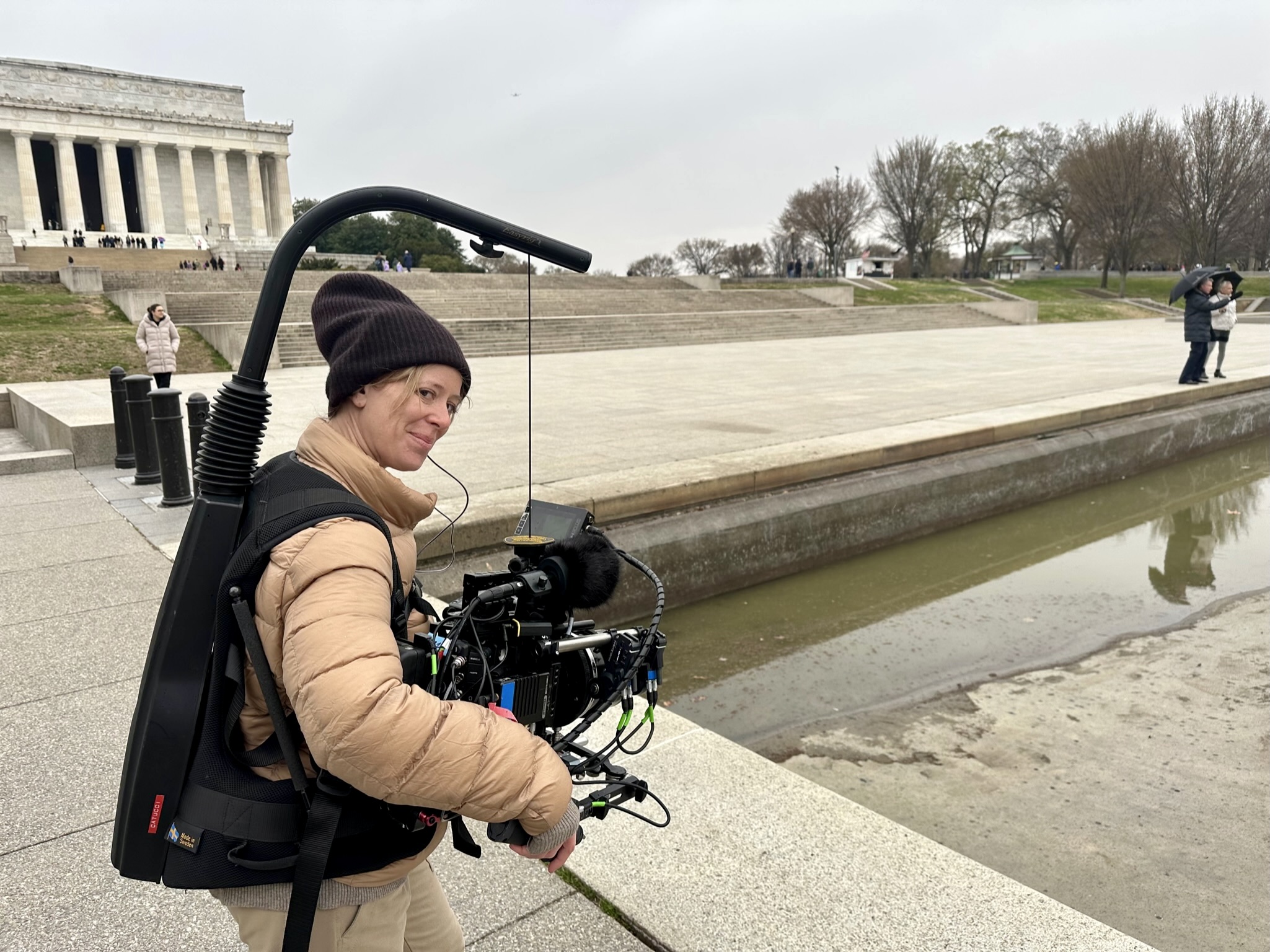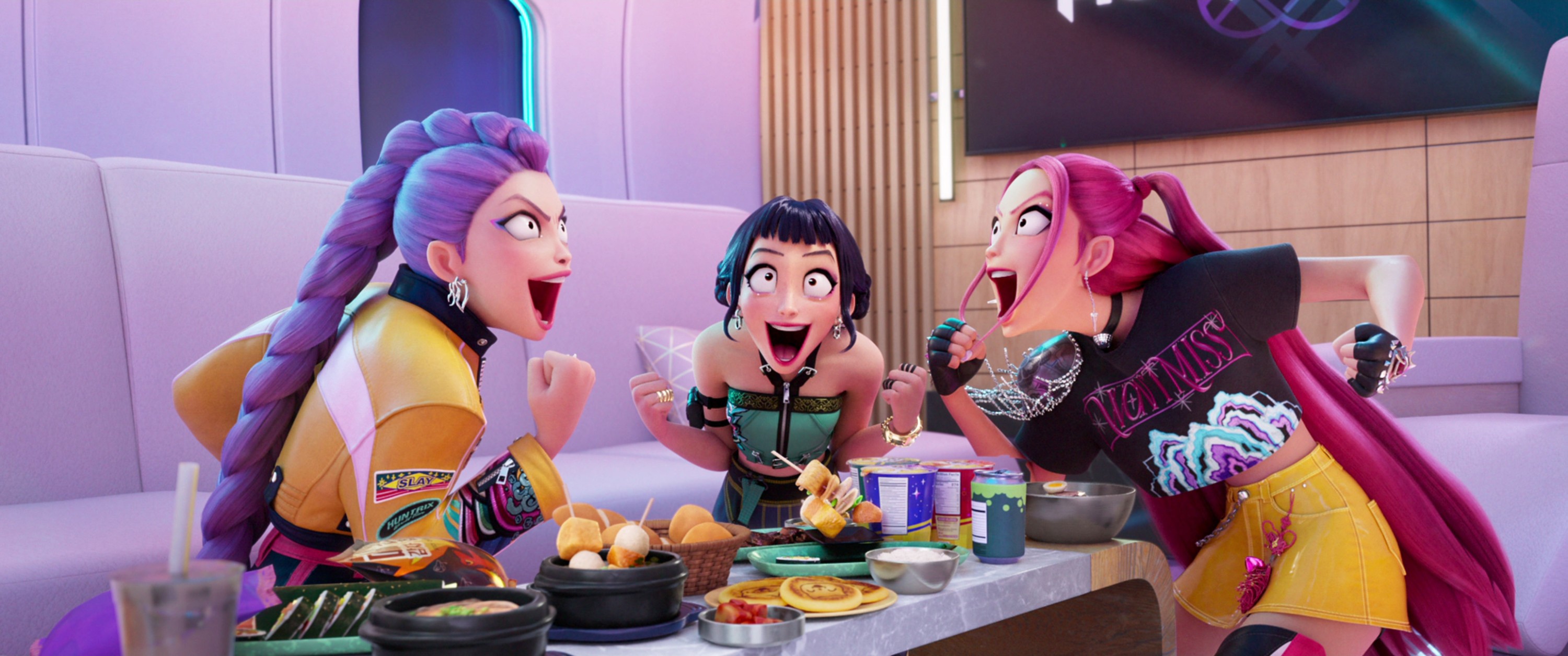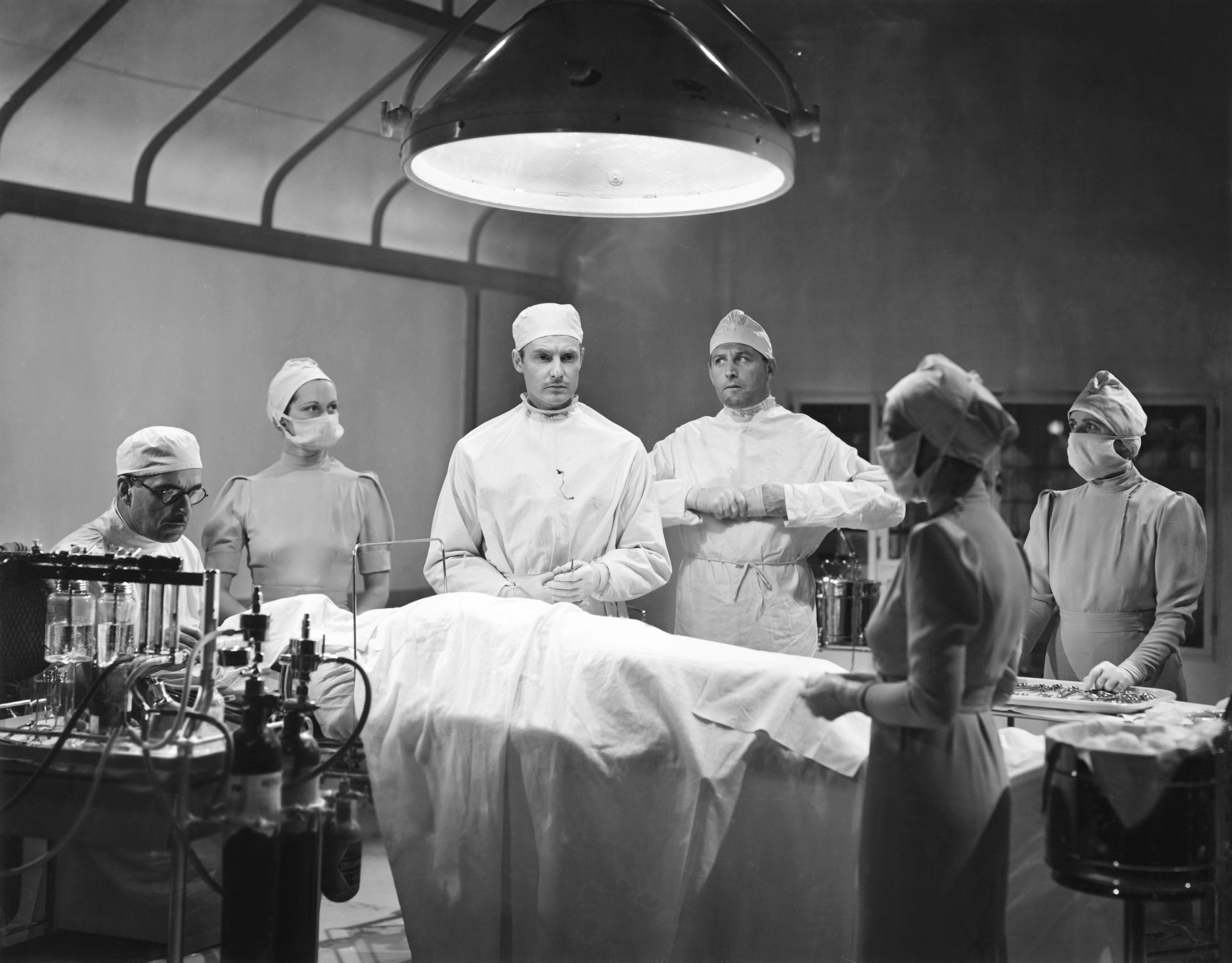The story of comedian Will Ferrell‘s cross-country journey with his long-time friend and collaborator Harper Steele, after she came out as a transwoman, captured the hearts of millions of Netflix viewers — and, now, the TV Academy, who awarded “Will & Harper” five Emmy nominations, including Outstanding Documentary or Nonfiction Special, along with nods for cinematographer Zoë White and director Josh Greenbaum.
There’s an assumption that documentary often requires filmmakers to simply capture life as it unfolds in front of the lens, but White and Greenbaum’s work is an excellent example of how they used the camera to bring the audience into Ferrell and Steele’s relationship, and also Steele’s point of view. It’s a topic the director discussed while a guest of the Filmmaker Toolkit podcast, and in the video above.
“I really wanted to capture the essence of Will and Harper‘s relationship visually,” said Greenbaum. “And to me, their relationship [is] full of grace, it’s full of warmth, there’s a softness to it, there’s a gentle kindness to it.”
Avoiding the vivid sharpness of a modern digital documentary and the contrasty look of the overhead sun on a cross-country trip, Greenbaum and White leaned into using older Cooke anamorphic lenses.
“There’s a nostalgic look to some of those lenses,” said Greenbaum of the Cookes. “These older anamorphic primes have these chromatic aberrations, and there’s softness to them that’s really beautiful and graceful and elegant.”
So much of the film takes place in the car, and Greenbaum would be rolling through most of Steele and Ferrell’s 16-day road trip, so how the camera was attached to the vehicle itself was no small matter, but how to transition out of the car would be almost more important.
“We talked a lot about, ‘How do we rig the car?’ But then, when we get out of the car, I really wanted that graceful poeticness to continue, and so we made the choice to use a Steadicam,” said Greenbaum.
White’s background is primarily grounded in stylized scripted television series, like “The Penguin” and “The Handmaid’s Tale,” and she reached for steadicam operator Devon Catucci, who also came from a heavy scripted background. Greenbaum said there was a slight learning curve in adjusting to the nonfiction demands of “Will & Harper,” but the trade-off was well worth it.
“[They] brought a beautiful kind of narrative sense, and just had incredible instincts. Occasionally, I’m in their ears saying, ‘Come here, come there,’ but honestly, I love to hire talented people, [get] their reactions, let them follow the story themselves and follow their instincts,” said Greenbaum. “[I wanted to] let them feel empowered to make creative choices on their own. It was a joy to see the two of them work and figure out how to cover scenes.”

The “Barb and Star Go to Vista Del Mar” and “Strays” director himself has kept one career foot firmly planted in the world of scripted narrative filmmaking. A key part of the pre-planning became discussions about the locations and compositions that captured the unique way Harper saw the country, and why these cross-country trips are so special to her.
“I really wanted to capture Harper’s version of America,” said Greenbaum. “She specifically finds the beauty in the mundane and the beauty in the ugly.”
In one early scene, the friends take in the sunset at a Walmart parking lot — Steele is prepared with lawn chairs, a cooler of her favorite beer, Old Milwaukee, and Pringles. These were moments, locations, and frames Greenbaum and White were also prepared for and wanted to capture distinctly.
“She [takes in the beauty of America] on a random service road, not at the government-chosen vista point, and I wanted to honor that version of her view of America,” said Greenbaum. “Because it is such a beautiful country, but there are so many parts that are forgotten. And she loves to go to those places, and so that’s why we also went there.”
To hear Josh Greenbaum‘s full interview, subscribe to the Filmmaker Toolkit podcast on Apple, Spotify, or your favorite podcast platform.



